No-fault insurance is a system designed to simplify claims and reduce litigation after car accidents, but it has sparked significant debate over whether it truly benefits drivers. In no-fault states, drivers turn to their own insurance companies to cover medical expenses and damages, regardless of who caused the accident. What do you think?
1. Simplified Claims Process

Image Credit: Shutterstock / fizkes
One of the biggest advantages of no-fault insurance is the simplified claims process. After an accident, drivers in no-fault states file claims with their own insurance companies, regardless of who is at fault. This speeds up the process of getting medical bills and damages paid, as there is no need to determine fault before payments are made.
2. Reduced Litigation

Image Credit: Shutterstock / Ulf Wittrock
No-fault insurance aims to reduce the need for lawsuits by covering medical expenses and lost wages through personal injury protection (PIP) coverage. By eliminating the need to prove fault, the system reduces the number of lawsuits related to minor accidents, which in turn lowers legal costs.
3. Higher Premiums in No-Fault States

Image Credit: Shutterstock / Korawat photo shoot
Critics argue that no-fault insurance leads to higher premiums, as insurance companies must cover medical costs regardless of fault. States with no-fault insurance, like Michigan and Florida, often have some of the highest insurance premiums in the country. Michigan, in particular, has historically had the highest average auto insurance premiums, largely due to its no-fault system, though reforms have been implemented in recent years.
4. Limited Legal Recourse for Serious Injuries

Image Credit: Shutterstock / Ground Picture
Under no-fault insurance, drivers are often limited in their ability to sue the at-fault driver for damages, especially for pain and suffering. Most no-fault states only allow lawsuits for serious injuries that meet a specific threshold, such as death, disfigurement, or permanent disability. This can leave drivers feeling shortchanged when they suffer significant, but non-catastrophic injuries.
5. Rising Fraud Concerns
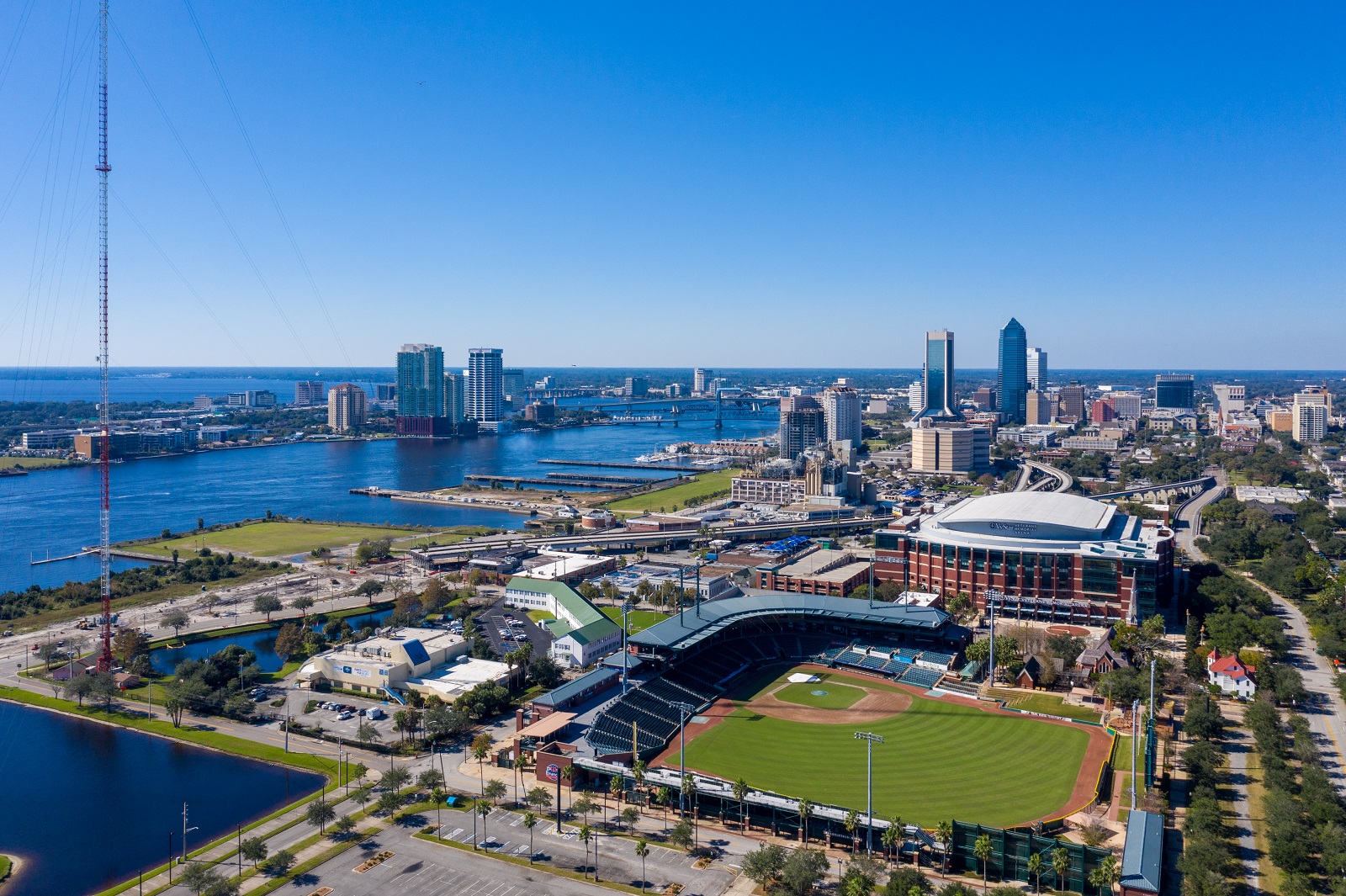
Image Credit: Shutterstock / NEFLO PHOTO
No-fault insurance systems are often criticized for being vulnerable to fraud. In states like Florida, fraud rings have exploited the system by staging accidents and submitting fraudulent medical claims, which in turn drives up premiums for all drivers. Florida has been identified as one of the worst states for no-fault fraud, leading to calls for reform.
6. Medical Cost Inflation

Image Credit: Shutterstock / ARTFULLY PHOTOGRAPHER
Another downside of no-fault insurance is that it can contribute to medical cost inflation. Since insurers must cover medical expenses without determining fault, there is less incentive to control costs. Healthcare providers in no-fault states may charge higher rates for services, knowing that the insurance will pay.
7. Real-Life Example: Michigan’s No-Fault Reform (2020)

Image Credit: Shutterstock / f11photo
Michigan, which previously had one of the most expensive no-fault insurance systems, implemented major reforms in 2020. These changes allowed drivers to opt for lower levels of personal injury protection (PIP) coverage and imposed limits on medical fees. Early reports suggest that these reforms have led to significant premium reductions for some drivers, showing that no-fault systems can be reformed to benefit consumers.
8. Quick Access to Medical Care

Image Credit: Shutterstock / D’Action Images
One of the primary benefits of no-fault insurance is that drivers can access medical care quickly, without waiting for a fault determination. This is especially beneficial in cases of injury, where immediate treatment is critical. Drivers in no-fault states often get their medical bills covered more quickly than those in at-fault states, where disputes over fault can delay payments.
9. Caps on Payouts

Image Credit: Shutterstock / fizkes
No-fault insurance policies typically come with caps on medical and wage-loss payouts. Once these caps are reached, drivers must pay the remaining costs out of pocket. For drivers with serious injuries, these caps can quickly become a financial burden, as they may not be able to sue the at-fault driver for additional compensation.
10. Limited Compensation for Property Damage

Image Credit: Shutterstock / Drazen Zigic
No-fault insurance typically does not cover vehicle repairs beyond what your collision or comprehensive insurance pays. Property damage claims are still subject to fault determination, which can leave drivers in no-fault states dealing with lengthy disputes over who should pay for vehicle repairs, even though their medical bills are covered.
11. State-by-State Variability

Image Credit: Shutterstock / Luciano Mortula – LGM
Not all no-fault insurance systems are created equal. Some states, like New York, offer more robust protections for drivers, while others, like Florida, have been criticized for high premiums and rampant fraud. This variability makes it difficult to assess the effectiveness of no-fault insurance as a whole, as its success depends largely on how the system is implemented at the state level.
12. No-Fault vs. Tort Systems

Image Credit: Shutterstock / Dan Race
In traditional tort systems, the at-fault driver’s insurance pays for damages and injuries. Proponents of tort systems argue that this approach incentivizes safer driving, as drivers are held financially accountable for their actions. No-fault systems, by contrast, remove the incentive to drive safely, as each driver’s insurance covers their own damages, regardless of fault.
13. Real-Life Example: Florida’s No-Fault Insurance Debate
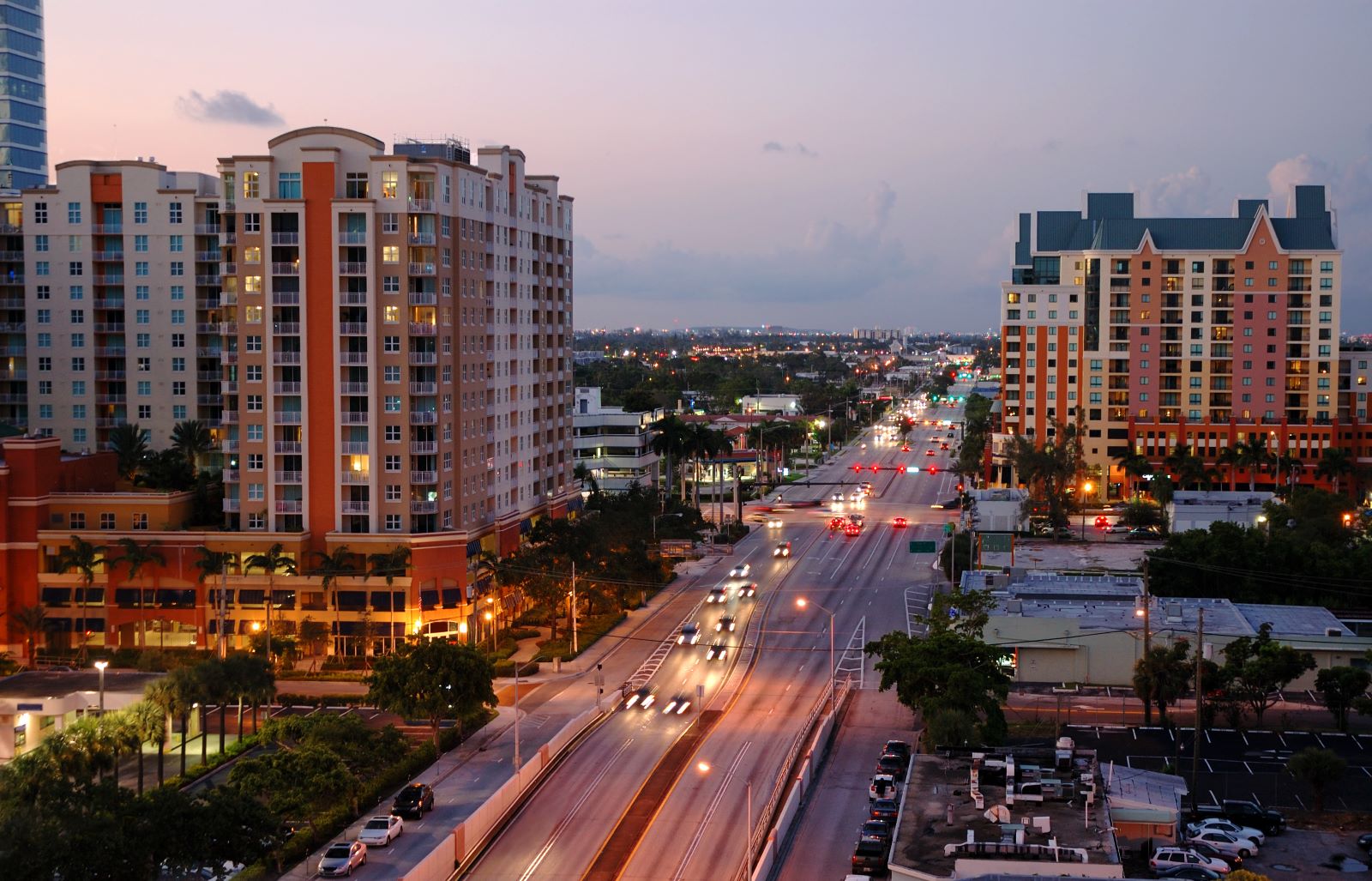
Image Credit: Shutterstock / Harry B. Lamb
Florida has been at the center of the no-fault insurance debate for years. In 2021, the state legislature passed a bill to repeal its no-fault system, citing high premiums and rampant fraud. However, Governor Ron DeSantis vetoed the bill, arguing that it would increase litigation and overall costs. The ongoing debate in Florida highlights the complexities of reforming no-fault insurance systems.
14. Insurance Companies’ Role

Image Credit: Shutterstock / Andrey_Popov
Insurance companies have a significant influence on the no-fault insurance debate. While they benefit from reduced litigation costs, they also face increased expenses from covering medical bills regardless of fault. This balancing act has led to mixed positions from insurers, who may support no-fault systems in some states while opposing them in others, depending on the specific regulations in place.
15. Policyholders’ Lack of Awareness

Image Credit: Shutterstock / fizkes
Many drivers in no-fault states are unaware of the limitations of their coverage. They may not realize that they cannot sue for pain and suffering or that their PIP coverage has a cap. This lack of awareness can lead to frustration and financial strain after an accident, as drivers find themselves underinsured for more serious injuries.
16. Real-Life Example: New Jersey’s Hybrid System

Image Credit: Shutterstock / Mihai_Andritoiu
New Jersey offers a hybrid insurance system that allows drivers to choose between a no-fault or traditional tort option. This flexibility gives drivers more control over their coverage and costs, but it also adds complexity to the insurance-buying process. The state’s hybrid model has been praised for providing more choices but criticized for confusing consumers.
17. Future of No-Fault Insurance
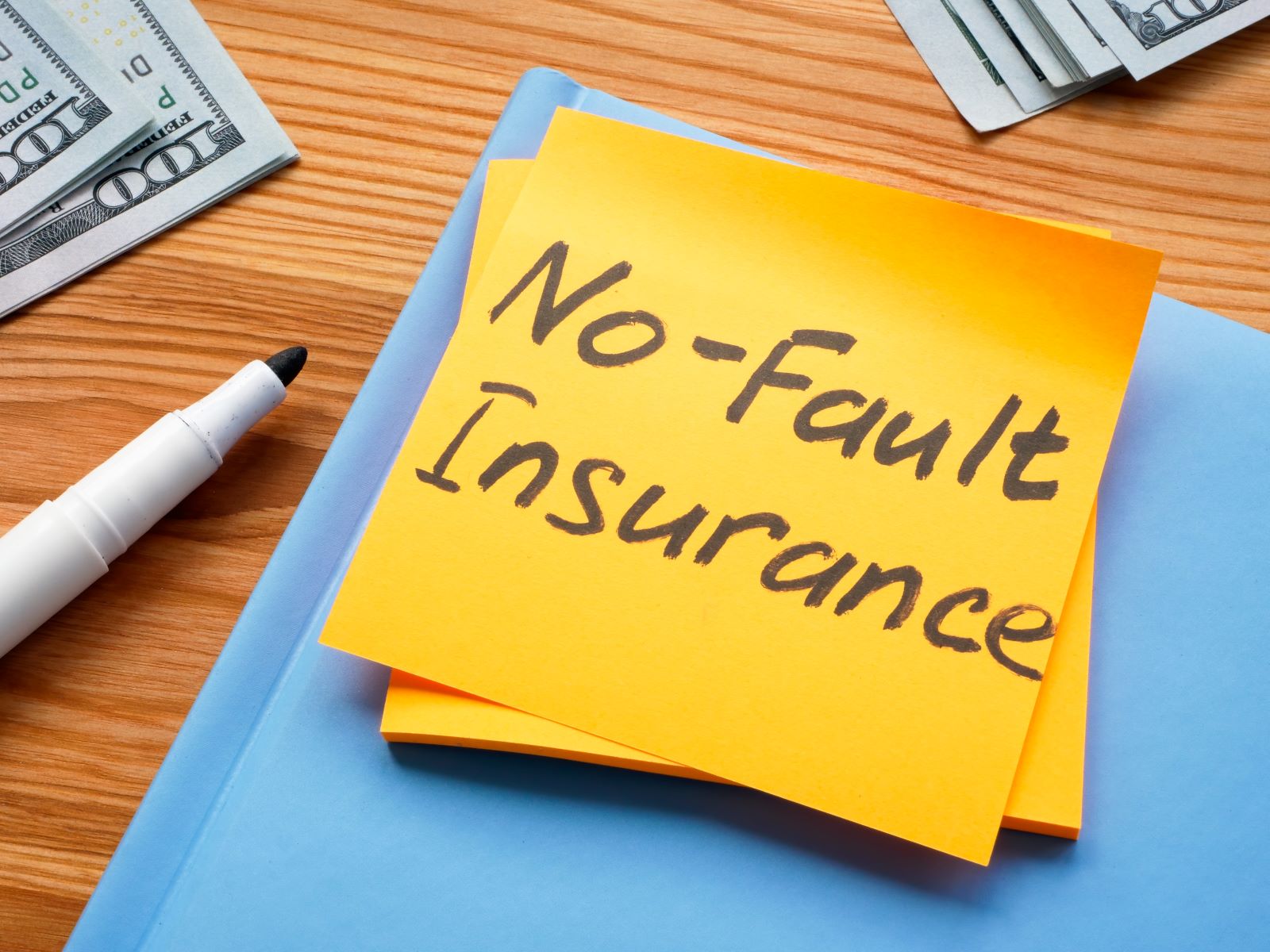
Image Credit: Shutterstock / Vitalii Vodolazskyi
The future of no-fault insurance remains uncertain, as states continue to debate its effectiveness. Some states, like Michigan, have successfully reformed their no-fault systems to reduce costs, while others, like Florida, are still struggling with high premiums and fraud. The ongoing debate suggests that no-fault insurance may evolve in the coming years, with states experimenting with new models to better serve drivers.
Is No-Fault Insurance Right for You?

Image Credit: Shutterstock / insta_photos
No-fault insurance has its pros and cons. Are you better off with a no-fault system, or would a traditional tort system serve your needs better? Understanding the trade-offs is key to making an informed decision about your insurance coverage.
Police Magnet: 7 Cars That Guarantee You’ll Get Pulled Over
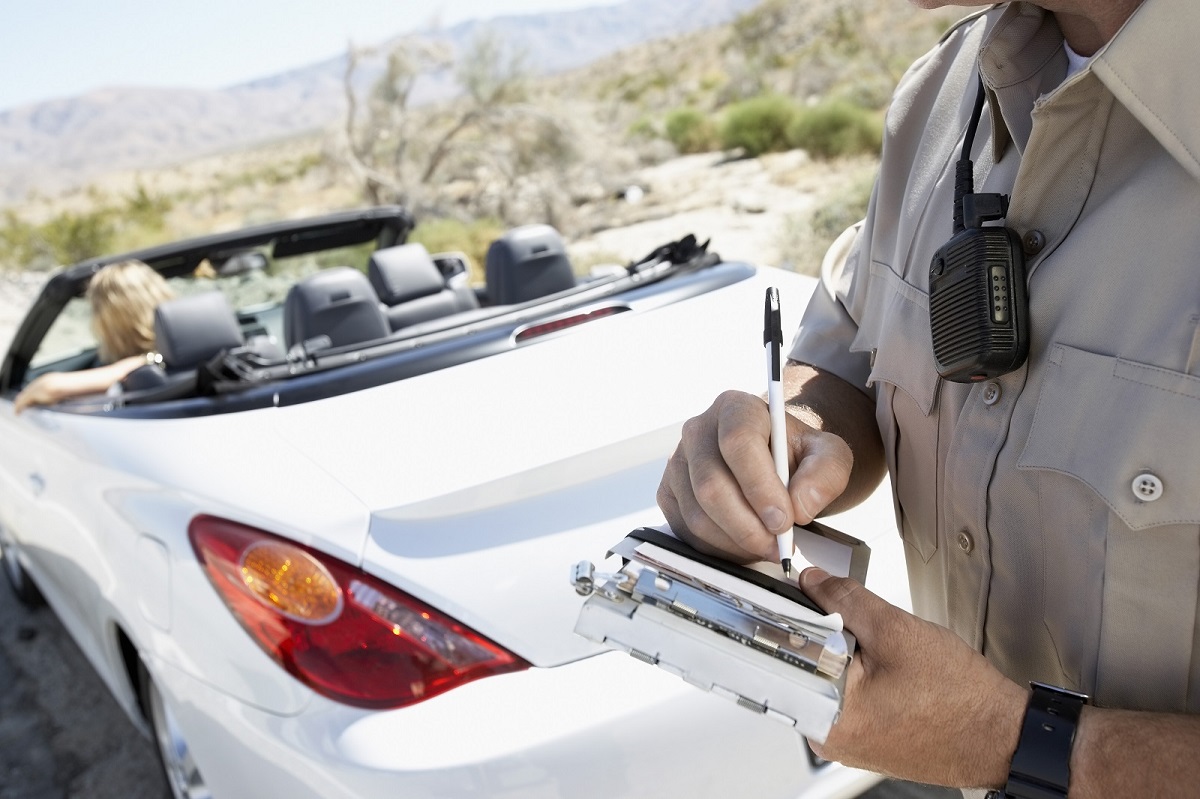
Image Credit: Shutterstock / sirtravelalot
Driving certain cars can make you more noticeable to law enforcement, even if you’re abiding by all the rules. Are you driving one of these “police magnets”? Here are seven cars that seem to attract more police attention than others. Police Magnet: 7 Cars That Guarantee You’ll Get Pulled Over
The Classic Cars That Were Total Clunkers
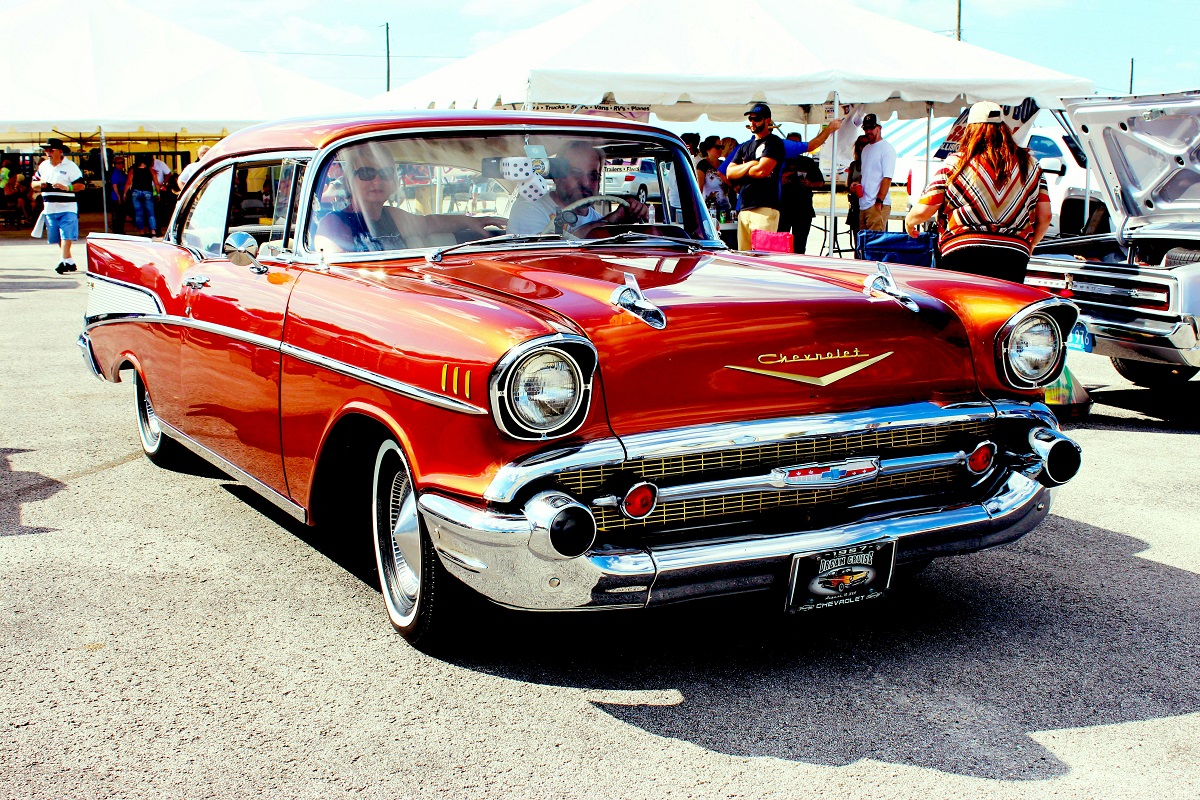
Image Credit: Pexels / Pixabay
Nostalgia has a funny way of making the past seem better than it was, especially when it comes to cars. But here’s the hard truth: some of those “classic” cars your dad raves about were real clunkers. Here’s a closer look at why some of those so-called “classics” weren’t all they were cracked up to be. The Classic Cars That Were Total Clunkers
The Worst U.S. Cars Ever Made: A Retro List
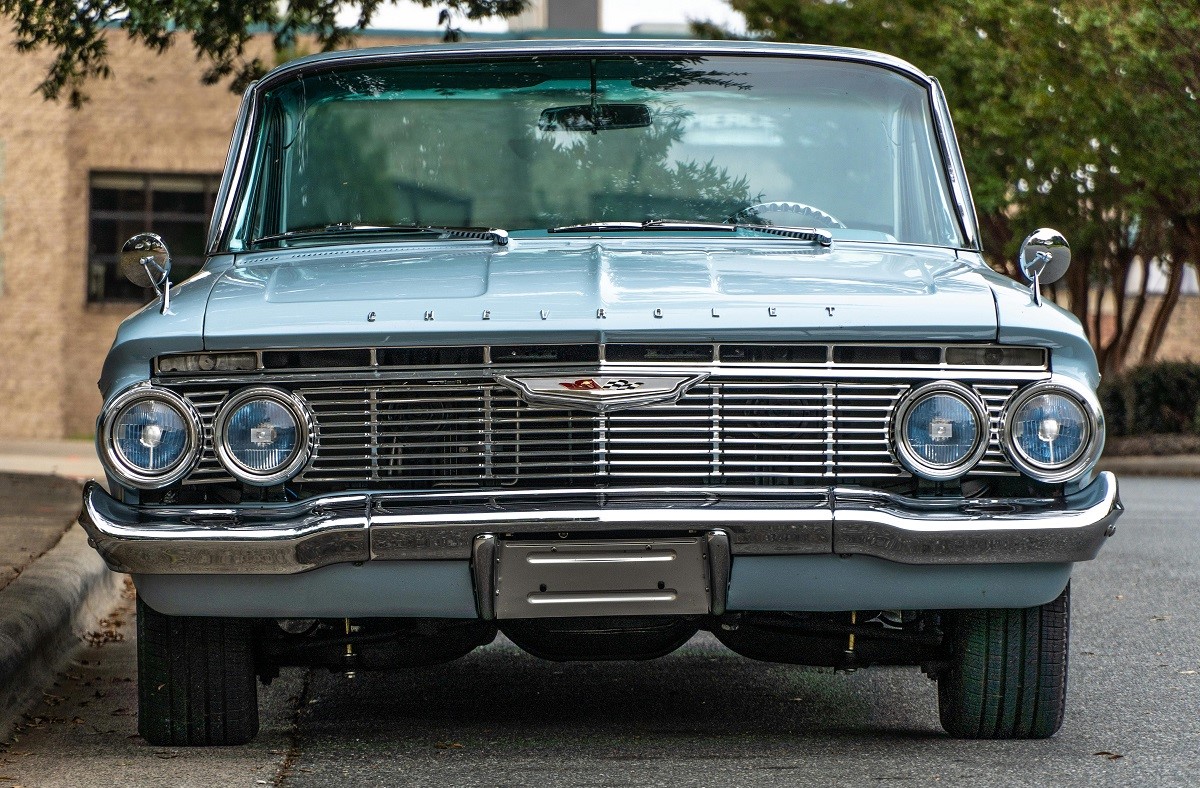
Image Credit: Pexels / Be The Observer
The U.S. auto industry has produced some incredible vehicles, but not every model was a hit. Here’s a look back at 16 of the worst cars ever made in the U.S., each infamous for its own unique flaws. The Worst U.S. Cars Ever Made: A Retro List
Featured Image Credit: Shutterstock / JC_STOCKER.
The content of this article is for informational purposes only and does not constitute or replace professional advice.
The images used are for illustrative purposes only and may not represent the actual people or places mentioned in the article.
For transparency, this content was partly developed with AI assistance and carefully curated by an experienced editor to be informative and ensure accuracy.



